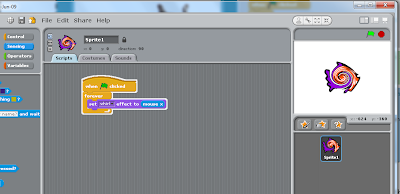DEFINITIONS
1. Algorithms
A process or a set of rules that are to be followed in calculations or other problems- so operations that are to be solved by a computer.
2. Pseudocode
It is a compact and informal high-level description that belongs to the operating principle of a computer program or another algorithm.
3. Machine Language
A machine langauge refers to the language of a computer. This 'language' is designed to be used for a specific class of computers.
4. High Level Computer Language
This is a programming langauge which has a strong abstraction from its details of the computer. When compared to low-level programming languages, it may use natural language elements, which are easier to use, or maybe from the specification of the program, making the process of developing a program more simplistic and easier.
5. Flowchart
A flowchart is a graphical representation of a computer program, which is based on its relations to its sequence functions ( which is distinct from the data it processes).
6. Sequence
Sequence, it is one of the three basic logic structure that are used in programming. The other two logical structures are selection and loop.
In a sequence structure, it is an action or an event that leads to the next action in a predetermined order. A sequence can contain multiple actions, however no action can be skipped in the sequence. The program, when run should perform each action in chronological order with no possibility of skipping an action.
7. Selection
It is one of the three logic structures that are used in programming. In this structure, a question is asked and depending on the answer one of the two actions will result. After which the program moves on to the next event.
8. Repetition
Something made by or resulting due to the act of repeating, in the context of computers it is the repeating of statements. This is also one of the three logic structures that are used in programming.
WRITING AN ALGORITHM FOR PROCESSES:
1. Opening a door and entering a room
- Get up from the chair
- Walk slowly (around 10 steps) towards the door
- If you come into a wall change direction towards the door
- Once the door is approached, stop
- Turn door nob in a clockwise direction
- Push door away from yourself
- Pace yourself through the door way to enter the room
2. Negotiating traffic lights as you drive down a street
- Put car in gear
-Release handbrake
- Put your foot on acceleration
- Begin to drive in a foward motion
- Observe the colour of the lights repeditvely
- As the light turns yellow, begin to slow down.
- If the light changes to red, stop
- Wait until traffic is cleared from the other sides
- When the light turns green, place your foot on the pedal
- Then begin to drive








